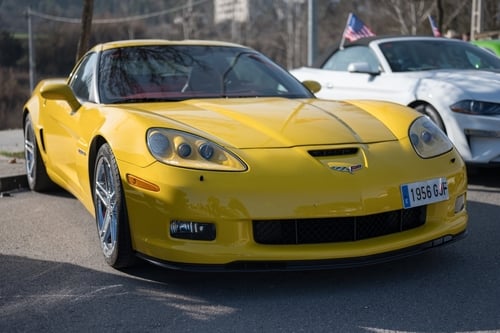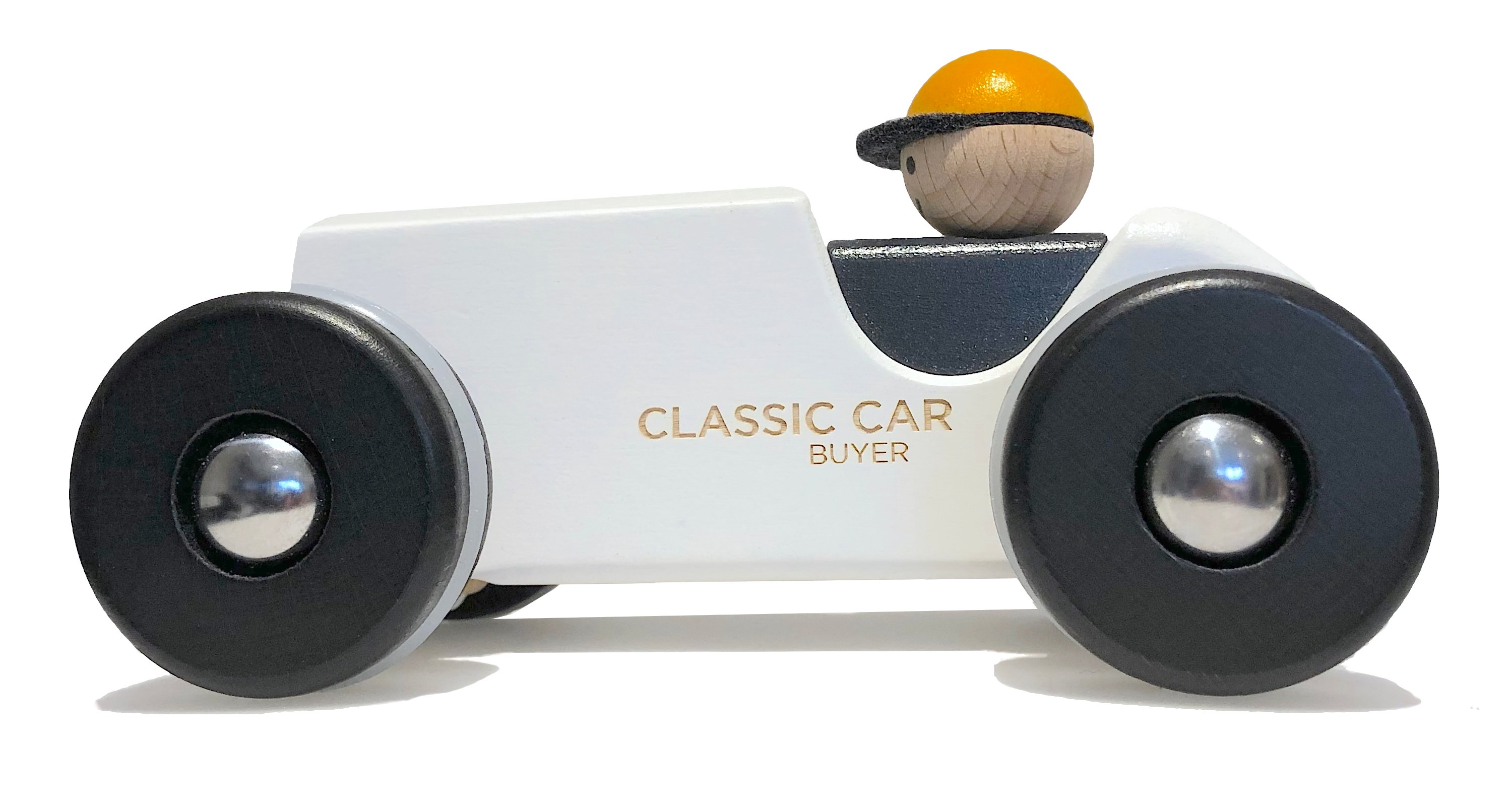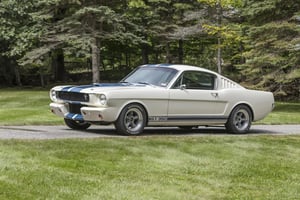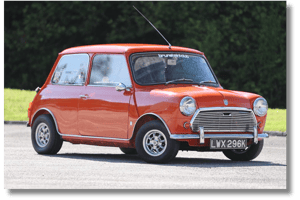With its unmistakable presence, thunderous engine and rich heritage, the Charger stands as a true...
Ahh, the Chevrolet Corvette… with its sleek design, powerful performance and rich history, this two-seater car has long captured the hearts of generations of driving enthusiasts. Did you know that it was actually named after a warship, with a corvette being the smallest class of vessel officially allowed to be named as such? In this blog post we take a look at the legacy of this amazing American sports car, with the multitude of changes it has gone through to make it the car it is today.
Since its inception in 1953, the Chevrolet Corvette has remained a symbol of American ingenuity. From its humble beginnings as a fibreglass-bodied roadster to its evolution into a high-performance sports car, the Corvette has continuously pushed the boundaries of innovation and design. With each new generation, Chevrolet has refined and perfected the Corvette, cementing its status as a true icon.
Originally made in Michigan by General Motors, in 1981 the cars then started to be manufactured in Kentucky, which continues to this day at the Bowling Green Assembly plant. Spanning the course of eight generations (sequenced C1 to C8), the first seven generations of the Corvette used a front mid-engine configuration. For the most recent C8, this transitioned to a rear mid-engined layout. Starting out in the 1950s as a relatively modest, lightweight 6‑cylinder convertible, subsequent introductions of V8 engines and competitive chassis innovations positioned the Corvette into a new league.
The first generation (C1) was made between 1953-1962. This generation was often referred to as containing the solid-axle models, with future models containing independent rear suspension not appearing until C2. Just three hundred convertibles were produced, in Polo White, for the 1953 model year. The following year, 3640 were made, with a choice of three other colours as interest grew. In 1955, the option of adding the V8 engine increased the speed and knocked 3 seconds off of the 0-60mph time.
For the second generation (C2), which spanned 1963–1967, the fabulous Sting Ray model was introduced, consistent with the usual fibreglass body and also featuring the addition of hidden headlamps amongst other items. Some of the inspiration for this design was taken from a mako shark that the designer, Bill Mitchell, had recently caught when out fishing.
.jpg?width=975&height=550&name=shutterstock_2351632527%20(1).jpg)
Things were changed around for the third generation (C3), from 1968-1982, as many changes were made to the engines used. In this era, coupes featured the first use of T-top removable roof panels, and in 1970 the body design was updated to include fender flares. Internally things were further refined, including redesigned seats and internal indication lights that were an early use of fibre optics for the car. Across this period of time, the names Corvette, Sting Ray, and Stingray were used as identical names for the car.

From 1984-1996, for the fourth generation (C4), things started to get even more interesting. This era saw a complete redesign of the Corvette since the second generation, with an all-aluminium suspension and a new electronic dashboard being amongst many changes made. In 1993, the Passive Keyless Entry System was introduced, making it the first GM car to have it. You’ll perhaps notice that we seem to have skipped 1983 - and there is a reason for that. Production was set to start for the 1983 model year, but quality issues and delays with the availability of parts resulted in only 43 prototypes for the 1983 model year being produced, that were never actually sold. One was retained, however, and this prototype was kept on display at the National Corvette Museum in Kentucky. Along with other cars, it nearly met with a sticky end in 2014 after a sinkhole opened up under the museum.
The fifth generation (C5), from 1997-2004, saw the introduction of an all-new LS1 aluminium engine. During its first year, the C5 was available only as a coupe, albeit the new platform was designed to ultimately be used for a convertible, introduced for the model year 1998. The lower weight, updated braking system and a more rigid roof on this era of cars lead to the C5 models being considerably quicker than those of the C4.
For the sixth generation (C6), from 2005-2013, the focus was more about refining the existing C5 rather than overhauling the design yet again. The standard retractable headlights were replaced with fixed ones, making this the first Corvette model to have this since 1962. From 2011, if you were buying a new Corvette Z06 or ZR1, you were offered the opportunity to help build your own engine, in what was called the ‘Corvette Engine Build Experience’, which meant that you paid extra to be allowed to help the assembly line workers build your V8 engine. One for the diehards, perhaps …

Seventh generation (C7) Corvettes, from 2014-2019, were developed to appeal more to the younger generation of buyer. A carbon fibre bonnet and removable roof panel were generally included; an optional performance exhaust was made available, and the boot space was decreased by almost a third. A small stingray was also added to the external detail as a feature.
The eight generation model (C8) takes us from 2020 to the present day. The coupe and convertible iterations of the base-model Stingray launched within three months of each other, with the Corvette C8 being the first production Corvette to have a rear mid-engine configuration, and also the first Corvette to be available without a traditional manual transmission since 1982.
I think you might agree, that’s quite a history! The Corvette, with its many generational changes and advancements, invites you to unleash your inner speedster and experience the thrill of driving like never before. So, if you ever get the chance, buckle up, ignite the engine and prepare to embark on the ride of a lifetime behind the wheel of the legendary Chevrolet Corvette.







